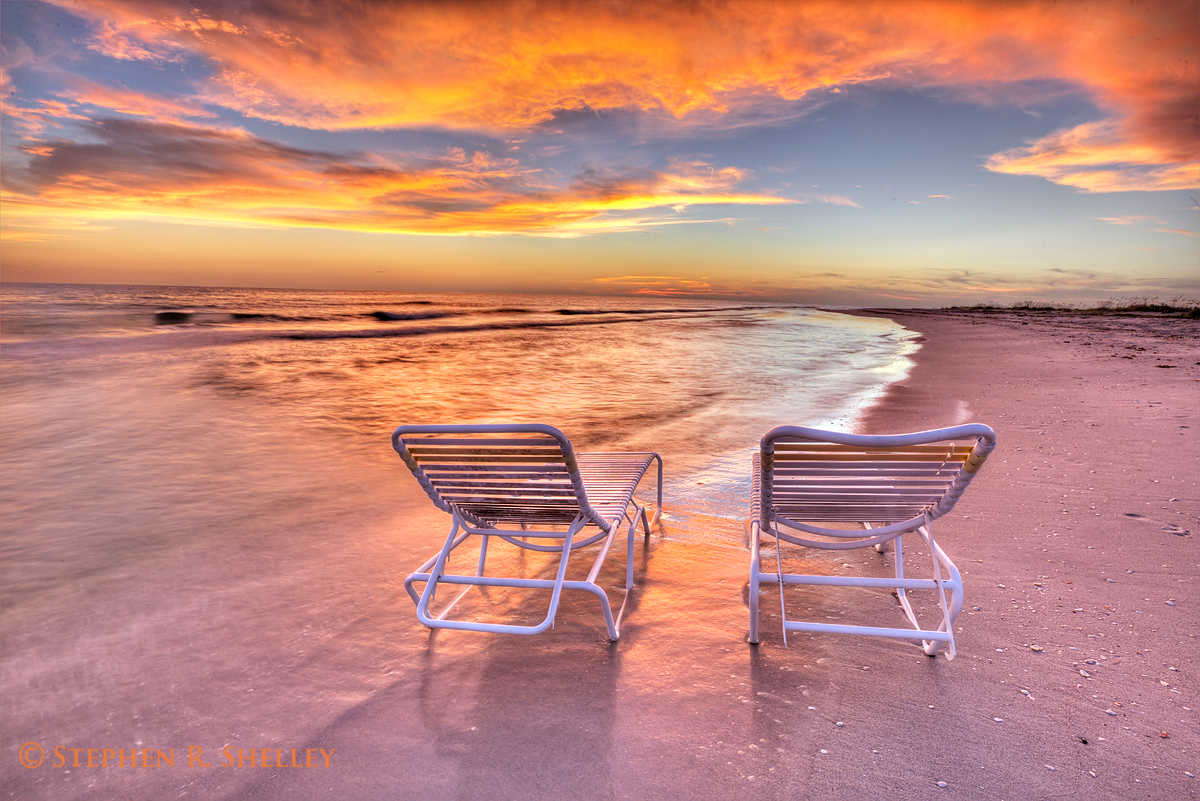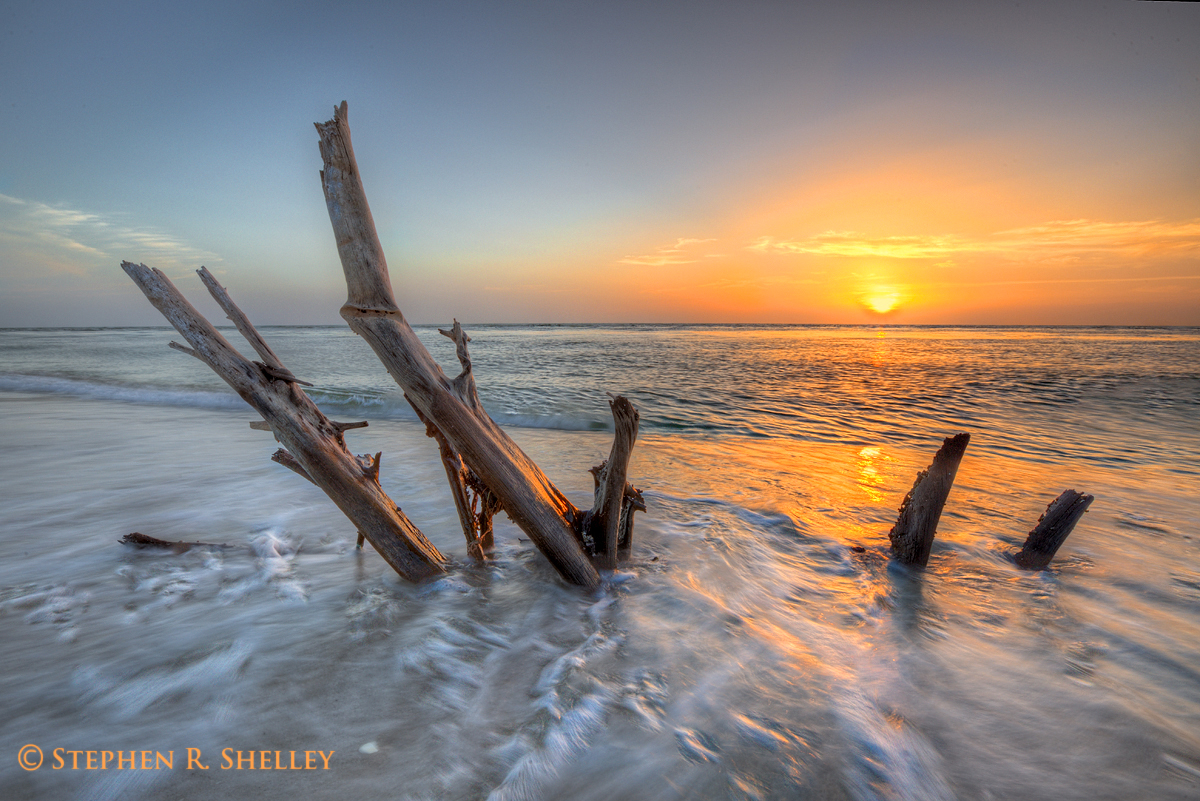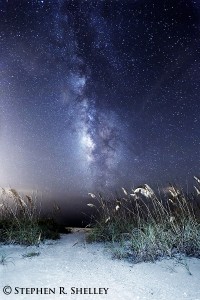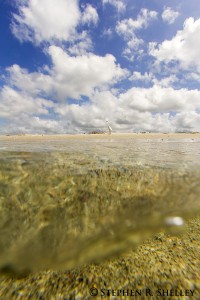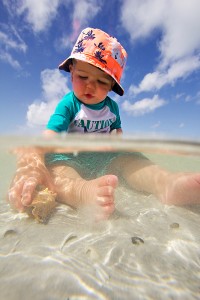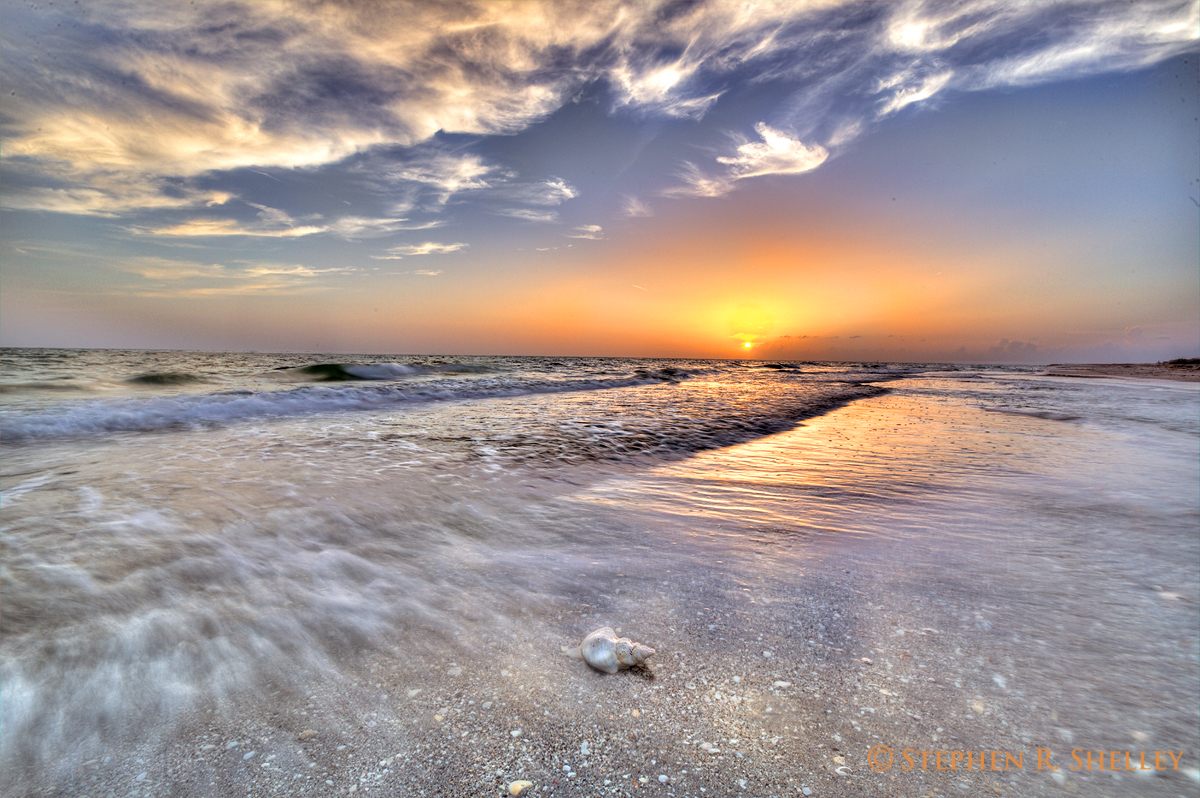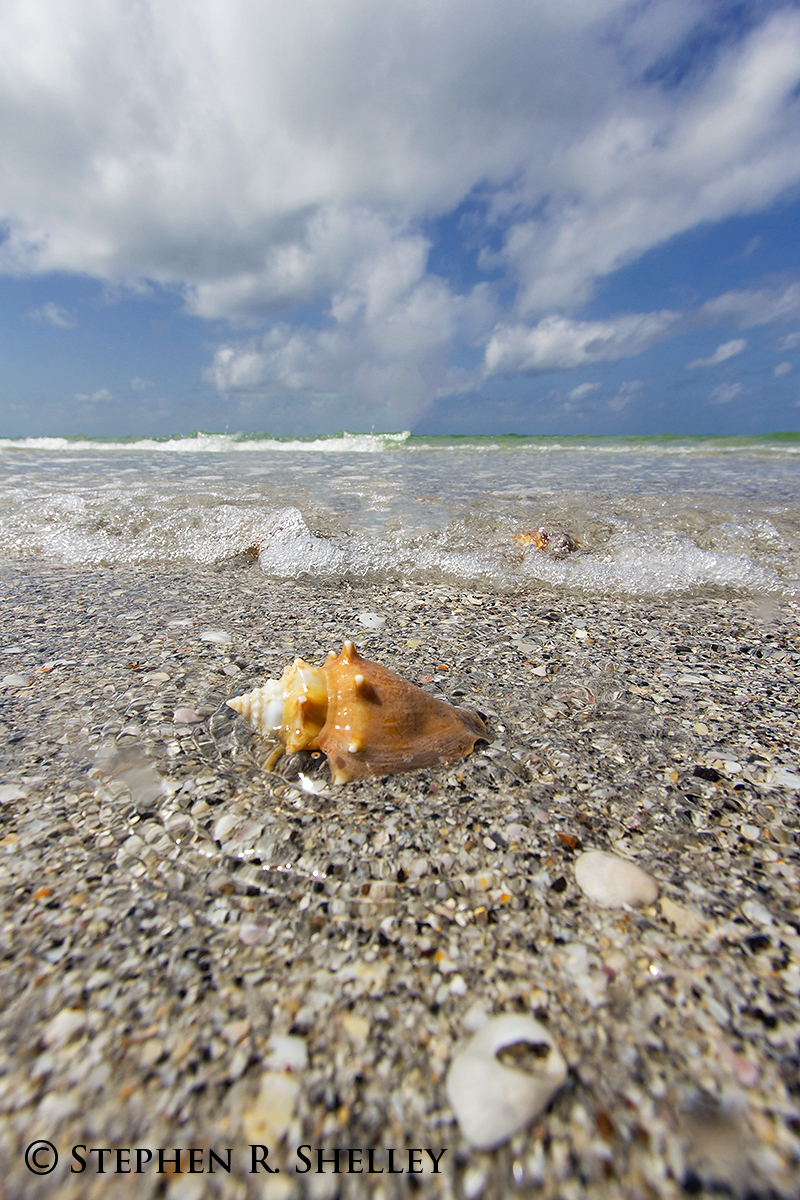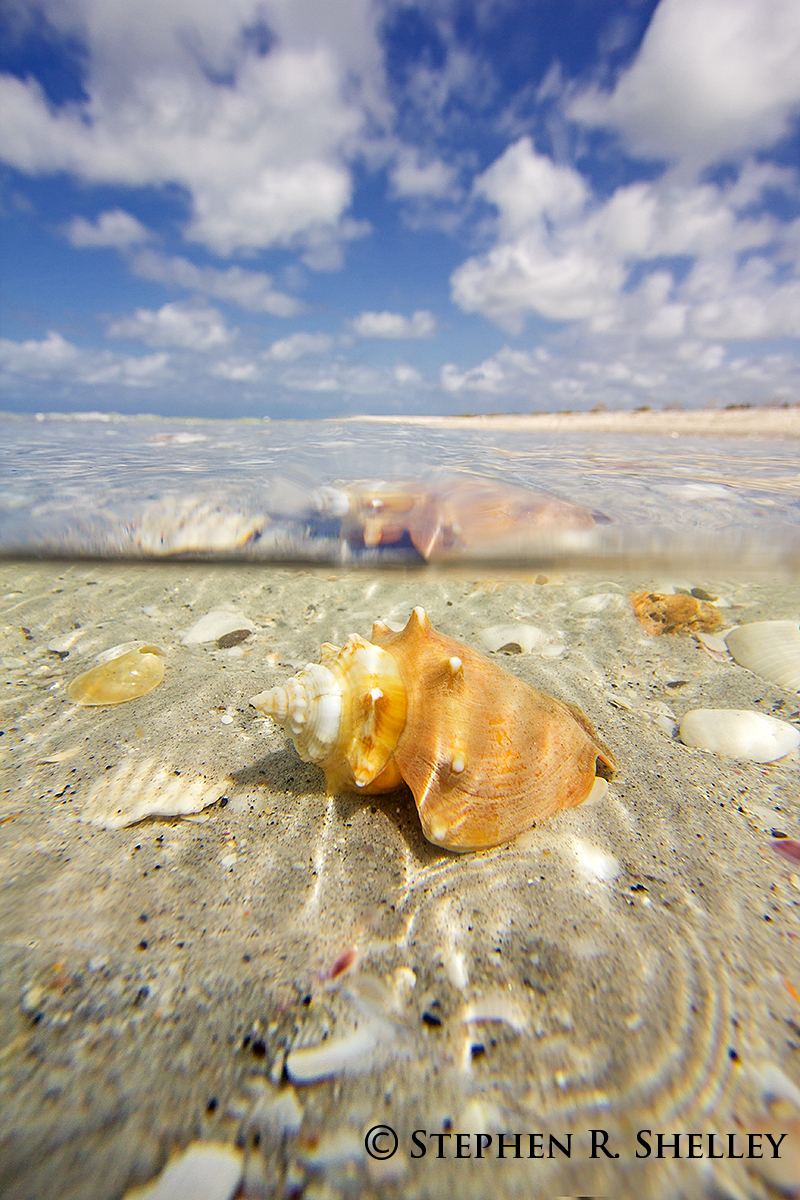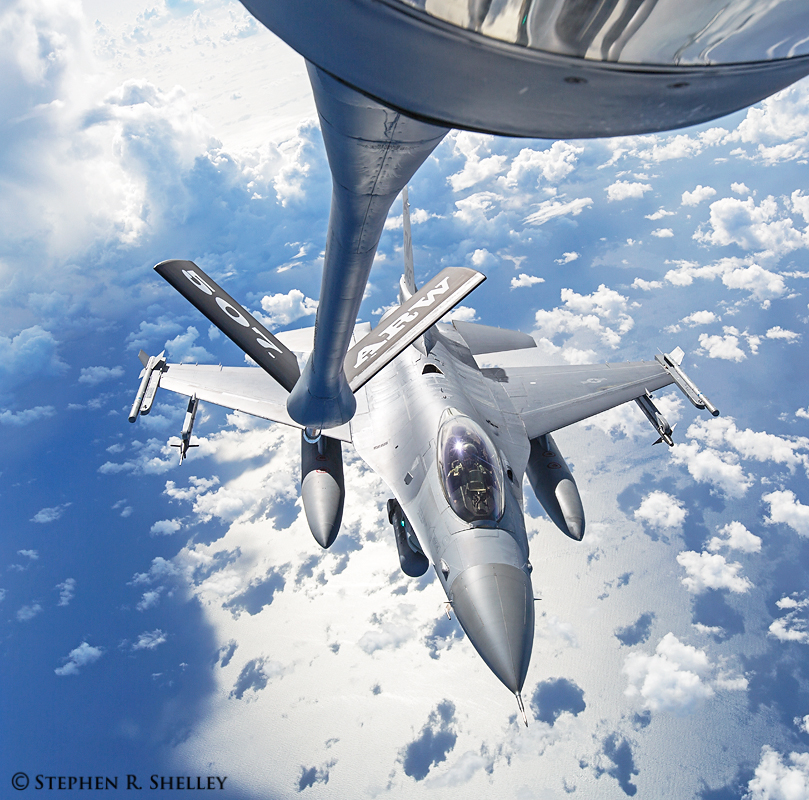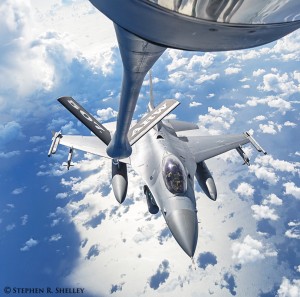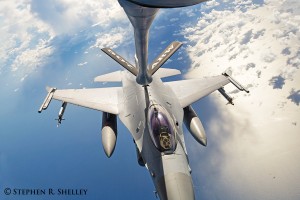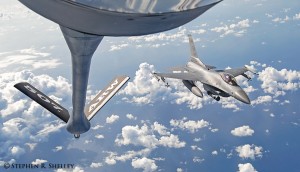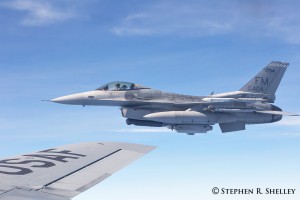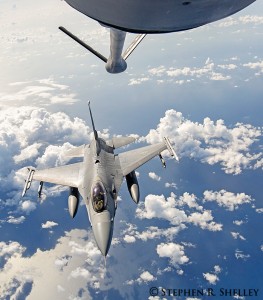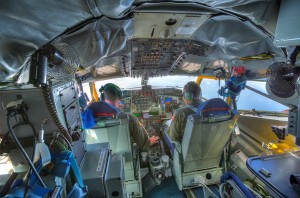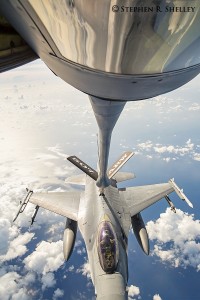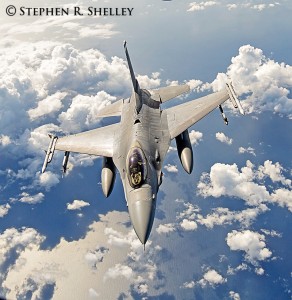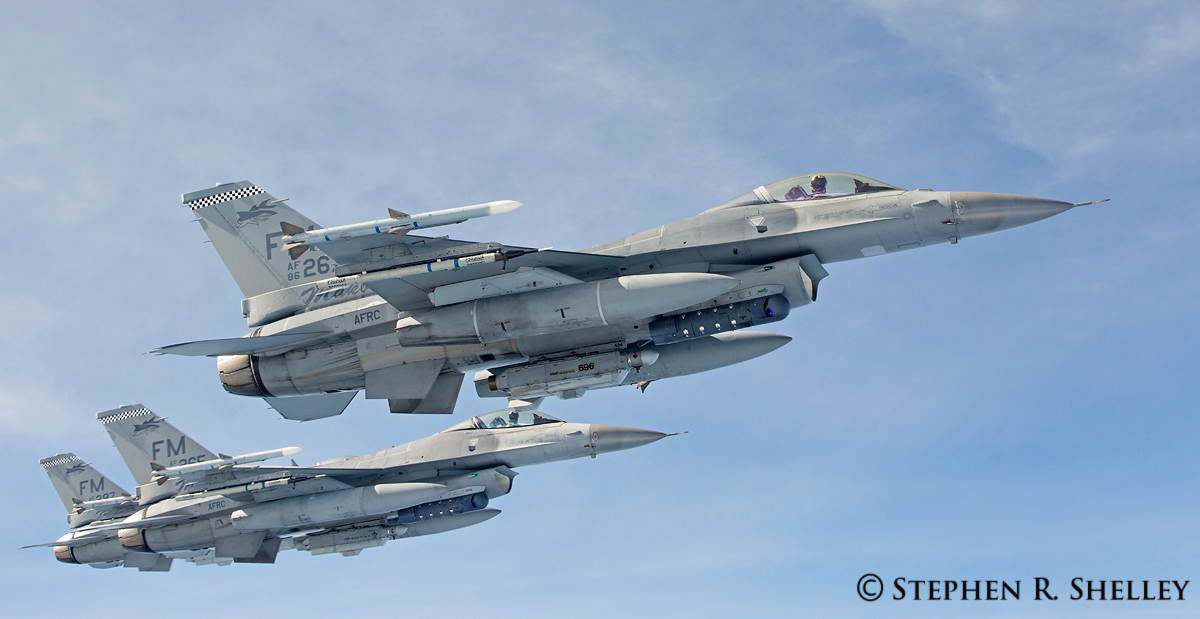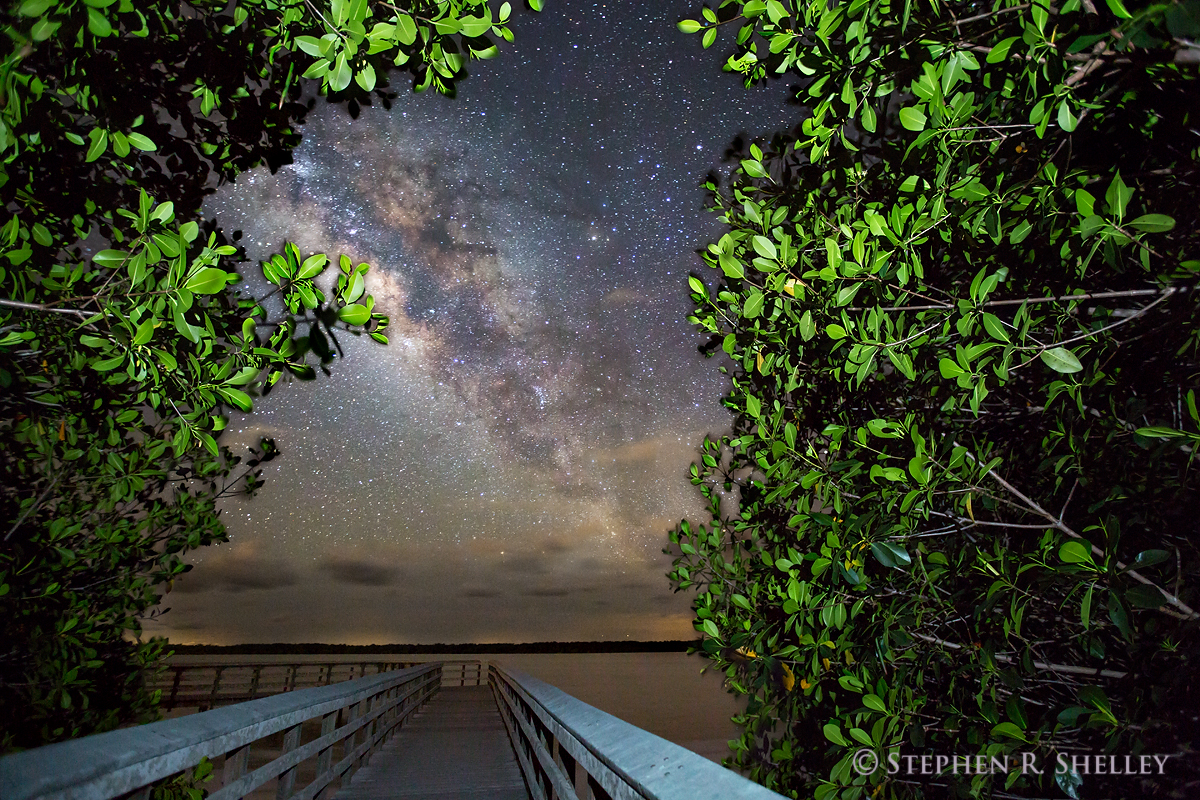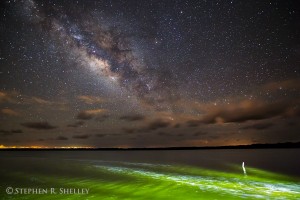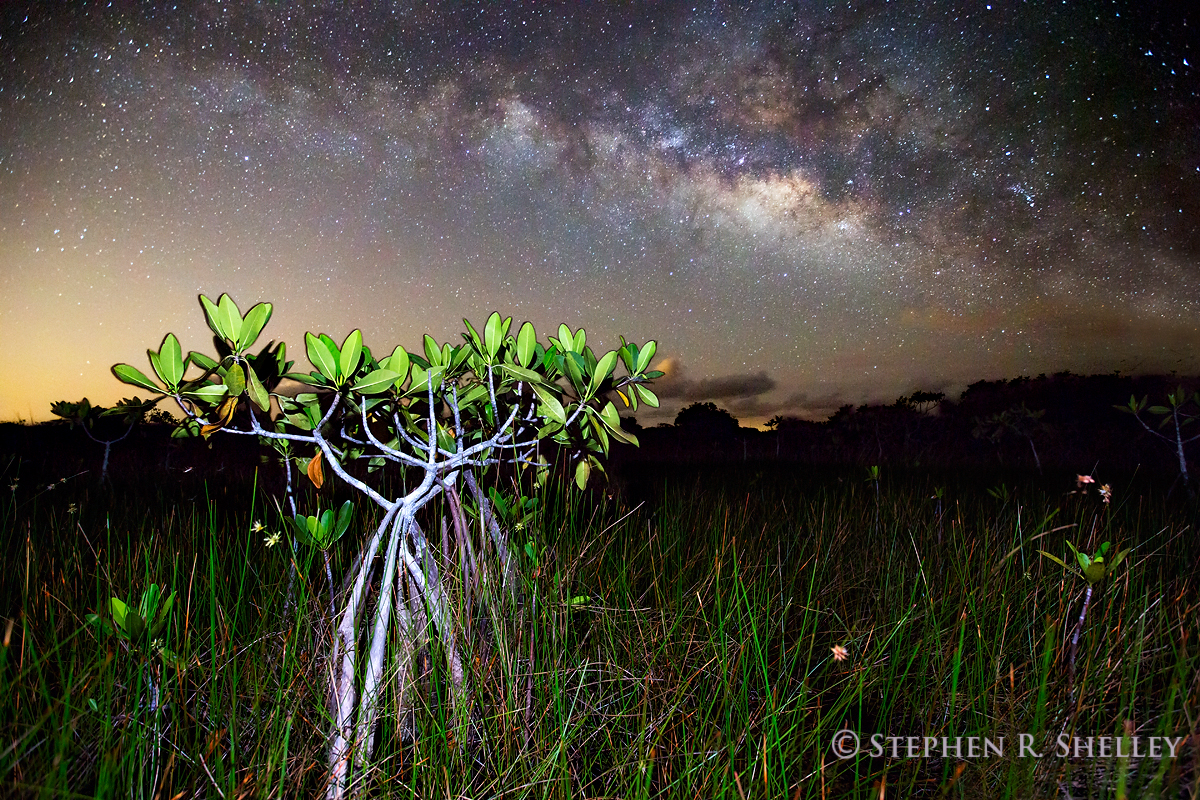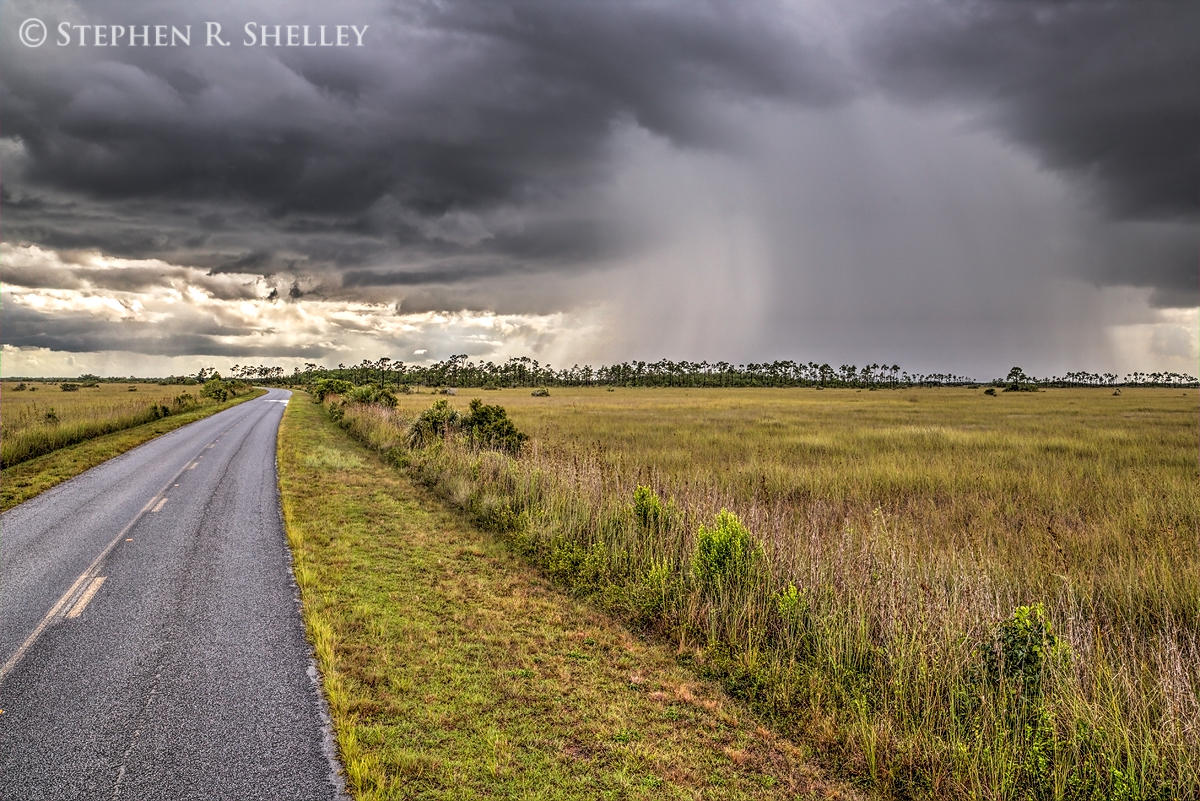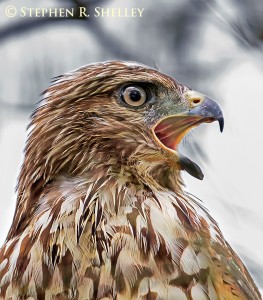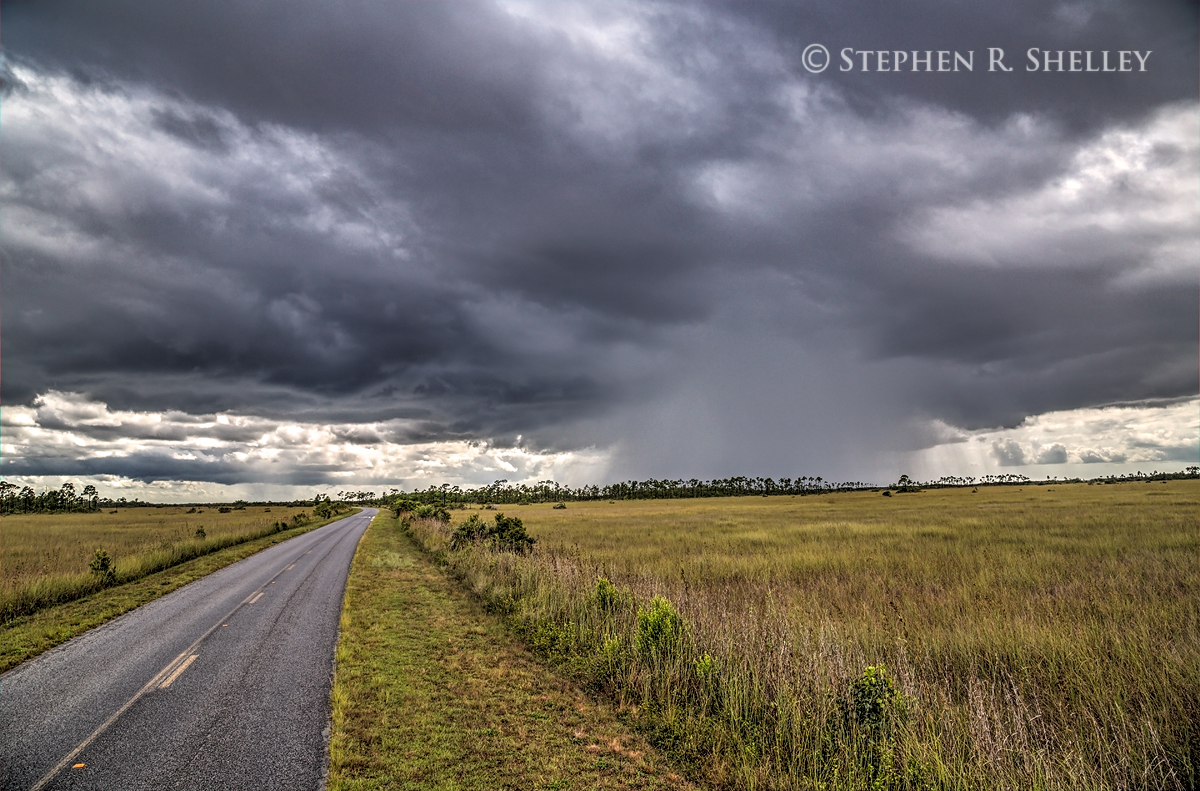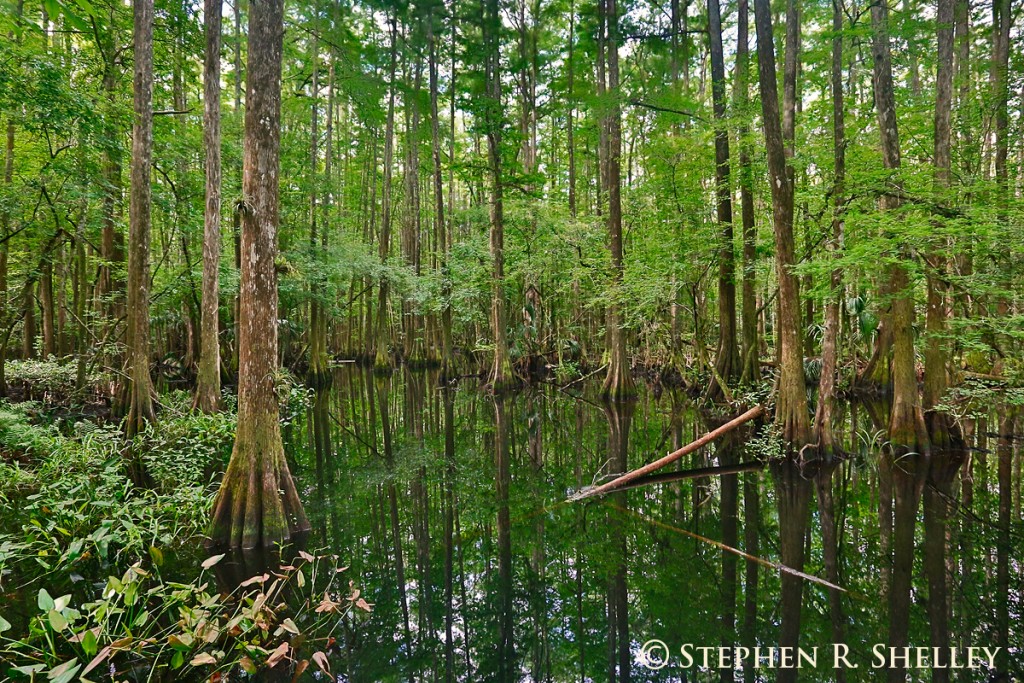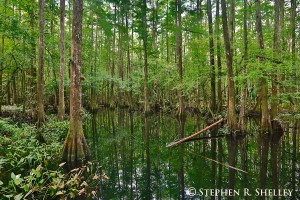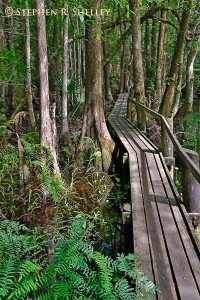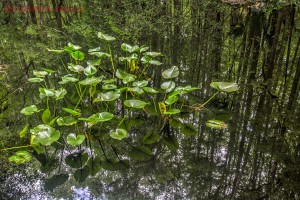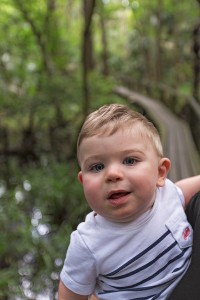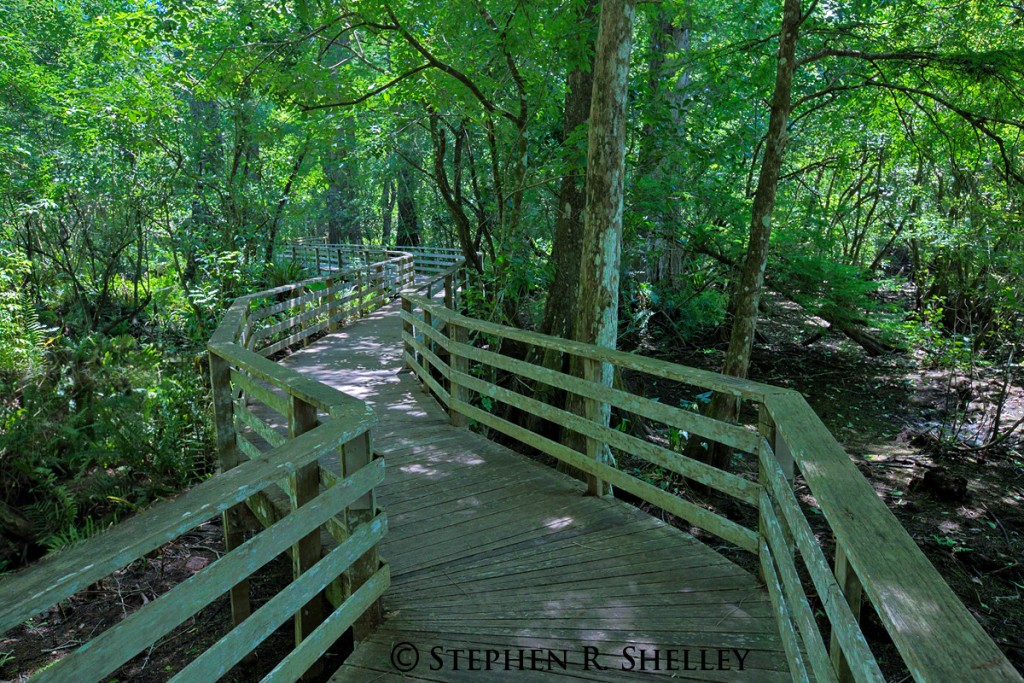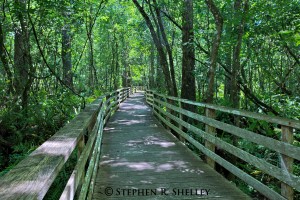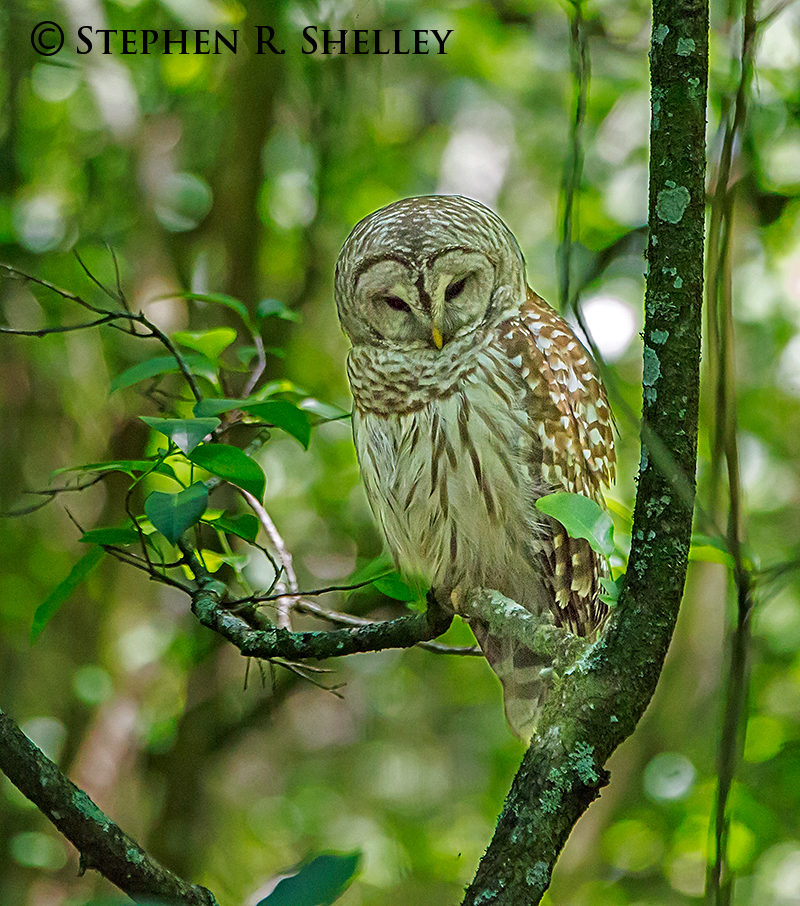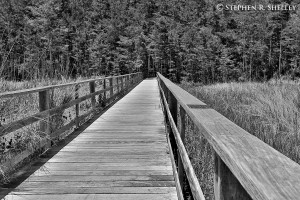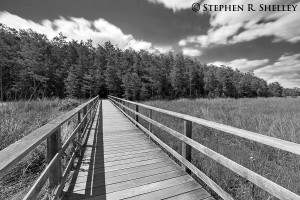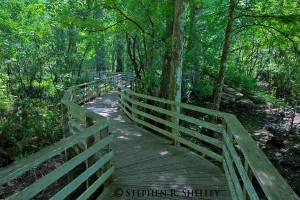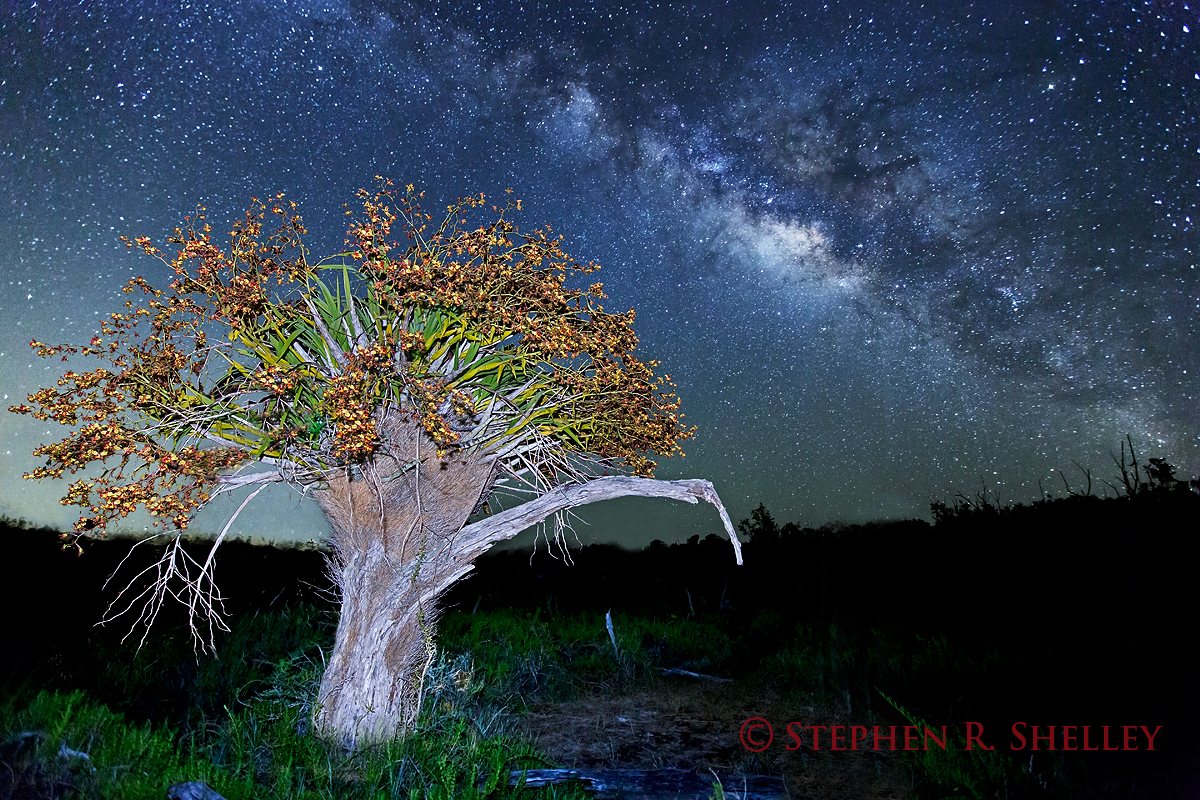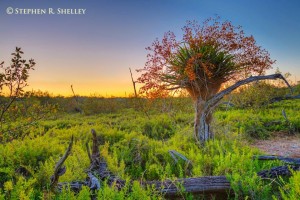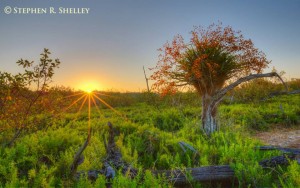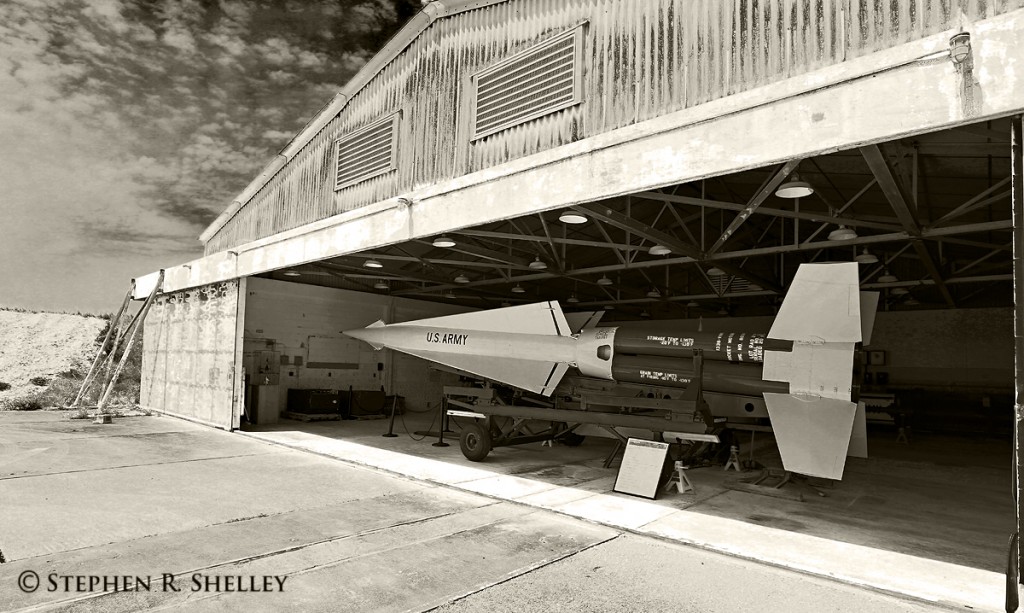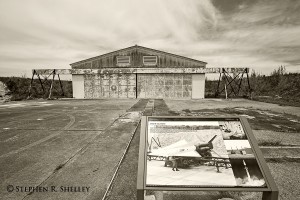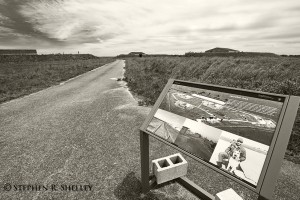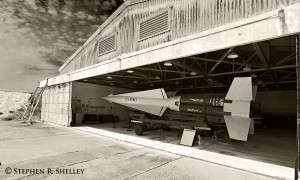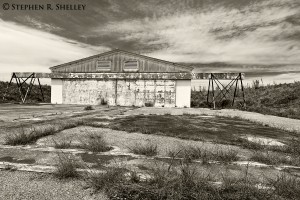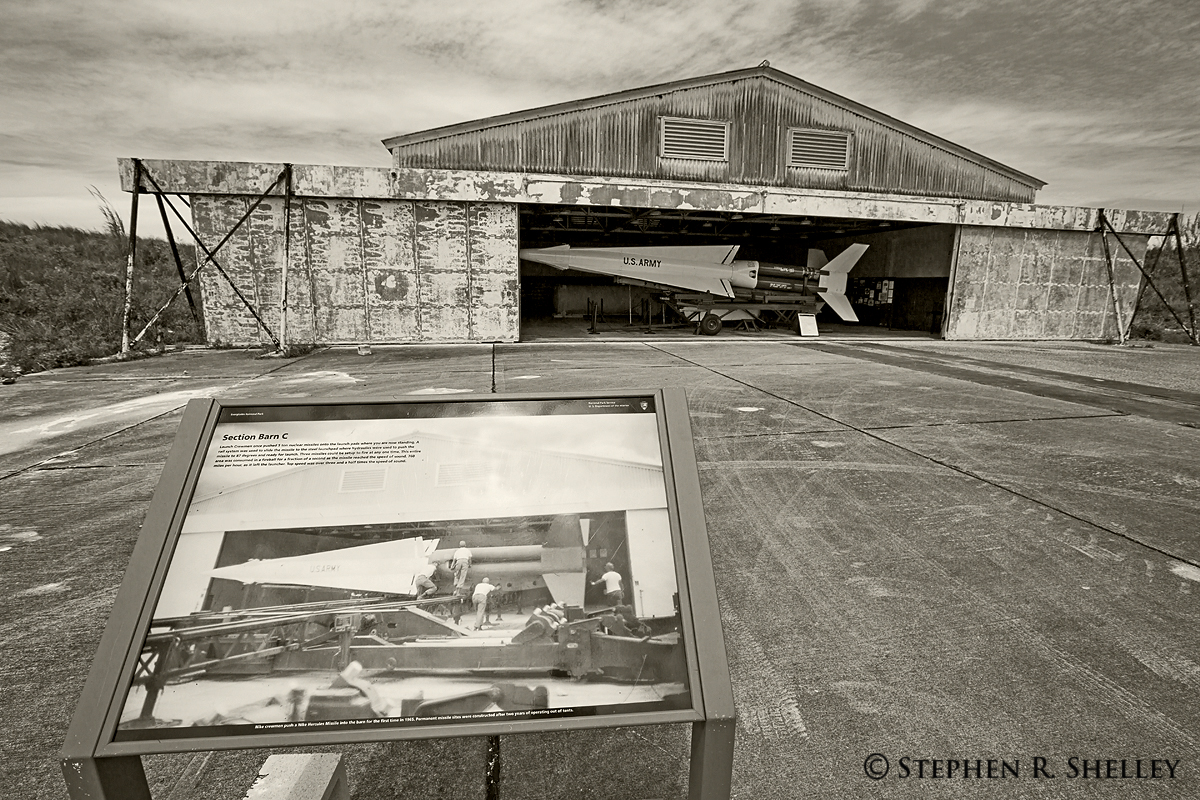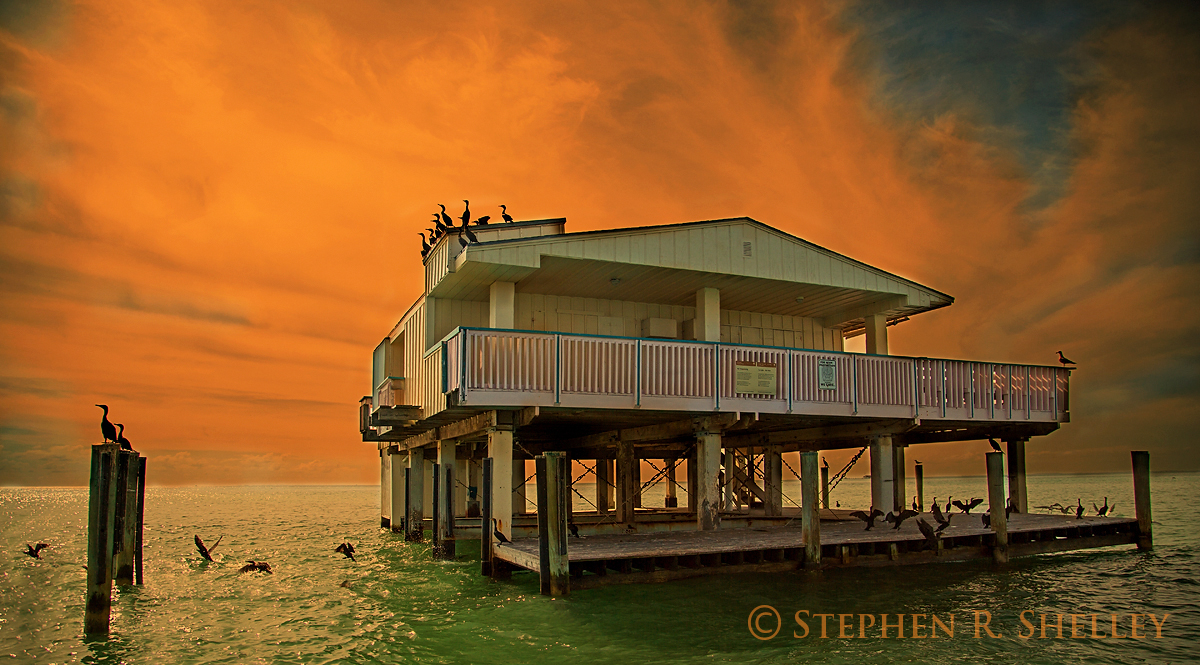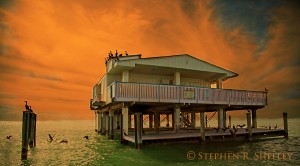I had the opportunity to fly in a KC-135 out of Homestead Air Reserve Base this past week on a training mission to refuel F-16’s over the Gulf of Mexico. The F-16 MAKOS from 482nd Fighter Wing out of HARB were participating in simulated dog fights and training exercises as well as mid air refueling.
The KC-135 only has 4 small windows in the side of the plane. Two on the front doors on either side of the wing and two toward the tail of the plane. This made it difficult to frame my shots as there were not many viewing options in addition to not much room to work with without getting the edge of the window in the viewing frame. Also, like most airplanes the windows are made from a thick acrylic that has various scratches across its surface. I was afraid this would have an effect on the image quality but except for a few images, the final product was not really affected.
In the belly at the back of the plane is a space for the Boom Operator. The Boom Operator is responsible for lining up the approaching aircraft and successfully mating the boom (fuel hose) with the fuel receptacle on the airplane. To accomplish this their is a medium sized window at the rear of the plane just below the boom for the operator to look out of and gauge the distance to the plane to be refueled. Their is space on either side of the operator for other workers, or in this case observers, to watch the refueling process. This is also the only space available to try and capture a photo of the approaching F-16’s. Once the F-16’s are connected to the boom they are so close that their nose cone is located below the window and therefore out of sight of the camera’s lens. During the fueling process the plane was less than 30 feet from the back of the KC-135.
Each F-16 only took 2-3 minutes to fill up their tanks before disengaging and moving out of the way for the next F-16 to arrive. Prior to refueling, the F-16’s would stack up on the left side of the plane and then one by one drop down to refuel. After refueling, the pilot would then move to the right wing and stack up waiting for the other planes. All of this was taking place at around 34,000 feet and nearly 500 knots.
One thing I noticed was that each time a plane successfully attached to the boom the entire plane would sink and lose altitude for a few seconds before leveling back off.
For the refueling, I chose to use my Canon 16-35 f/2.8 II lens to ensure that I could capture the entire plane and some of the surrounding landscape. This required me to reach all the way up to the window to ensure that I did not get any glare from the window and also did not capture the inside of the airplane. For the side window shots over the wing I used my Canon 70-200 f/2.8 II to allow me to get tighter crops on the planes than I could capture with my wide angle lens. I shot in aperture priority to ensure my depth of field was sufficient to capture the entire plane and boom in focus. It was a very sunny day, especially at 34,000 feet so I had plenty of light to work with.
On the way back from the training exercise I was able to sit in the cockpit on approach and while landing. It was a very unique experience both educationally and photographically.
